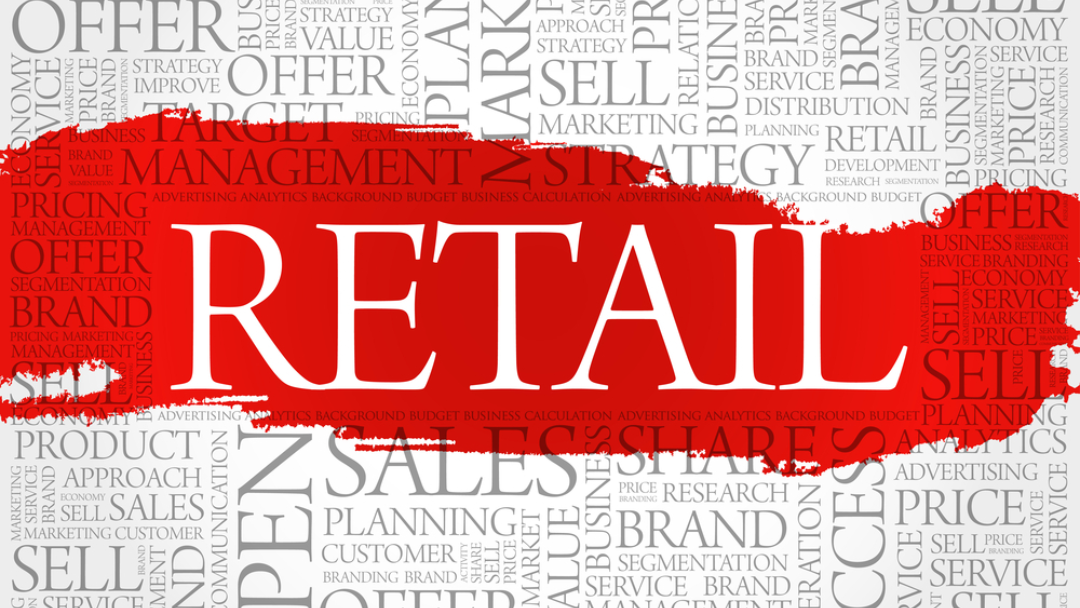Types of Sales Promotion in Retail Business
Do you want to boost your business by driving sales? If yes, this article will help you on how to get started with sales promotion strategies. Read till the last to explore the expert’s tips and the best types of sales promotion activities.
What is a sales promotion?
A sales promotion is a marketing strategy aimed at stimulating the sale of a product or service by offering temporary incentives or discounts. These promotions are designed to persuade customers to make a purchase or to accelerate the buying process. Sales promotions can take various forms, such as discounts, coupons, limited-time offers, contests, giveaways, loyalty programs, rebates, and special deals. The goal is to create a sense of urgency or excitement among consumers, prompting them to take advantage of the promotion and make a purchase.
Benefits of sales promotion:
Sales promotions offer several benefits for both businesses and consumers:
1) Increased Sales: One of the primary benefits of sales promotions is their ability to boost sales volume. By offering discounts, incentives, or special deals, businesses can attract more customers and encourage them to make purchases.
2) Clear Inventory: Sales promotions can help businesses clear out excess inventory or outdated products by offering discounts or special promotions on these items. This helps prevent inventory buildup and ensures a continuous flow of new products.
3) Customer Retention: Sales promotions can also help businesses retain existing customers by offering them exclusive discounts or rewards for their loyalty. This builds client relationships and promotes recurring business.
4) Competitive Advantage: In competitive markets, sales promotions can give businesses a competitive edge by offering better deals or incentives than their competitors. This can help attract customers away from competitors and increase market share.
5) Brand Awareness: Promotions such as contests, giveaways, or sponsorships can help increase brand awareness and visibility. By associating the brand with positive experiences or offers, businesses can enhance their brand image and attract more customers.
6) Encourage Trial: Sales promotions can encourage customers to try new products or services by offering introductory discounts or free samples. This can help overcome customer hesitation and drive adoption of new offerings.
7) Boost Revenue: Ultimately, the goal of sales promotions is to increase revenue by driving more sales. By strategically implementing promotions, businesses can generate additional revenue streams and improve their bottom line.
Overall, sales promotions are a versatile marketing tool that can help businesses achieve various objectives, from increasing sales and customer acquisition to building brand awareness and loyalty.
Types of sales promotion:
Sales promotions come in various forms, each designed to achieve specific marketing objectives. Some of the common types of sales promotions include:
1) Discounts: A discount is a temporary decrease in the cost of a good or service. This can include percentage discounts (e.g., 20% off), cash discounts (e.g., Rs 100 off), or buy-one-get-one-free (BOGO) offers.
2) Coupons: Coupons are vouchers or codes that offer discounts or special deals to customers when redeemed during a purchase. They can be distributed through various channels, including print media, online platforms, email, or mobile apps.
3) Rebates: Rebates involve offering customers a refund or partial refund after they purchase a product. Customers typically need to submit proof of purchase to receive the rebate, which can be in the form of cashback or a gift card.
4) Limited-Time Offers: Limited-time offers create a sense of urgency by providing discounts or special deals for a short duration. This encourages customers to make a purchase quickly before the promotion ends.
5) Contests and Sweepstakes: Contests and sweepstakes engage customers by offering them the chance to win prizes through competitions or random drawings. This can help generate excitement and increase brand engagement.
6) Buy-One-Get-One (BOGO): BOGO promotions offer customers an additional product for free or at a discounted price when they purchase a specified quantity of the same or different product. This encourages customers to buy more items to take advantage of the deal.
7) Loyalty Programs: Loyalty programs reward customers for repeat purchases or for reaching certain milestones. These rewards can include discounts, free products, exclusive offers, or points that can be redeemed for rewards.
8) Free Samples: Free samples allow customers to try a product before making a purchase. This can help overcome customer hesitation and encourage them to buy the full-sized product in the future.
9) Bundling: Bundling involves offering multiple products or services together as a package deal at a discounted price. This encourages customers to purchase complementary items together and can increase the average order value.
10) Cross-Promotions: Cross-promotions involve partnering with another company to offer joint promotions or discounts. This can help businesses reach new audiences and leverage each other’s customer bases.
These are just a few examples of the types of sales promotions businesses can use to attract customers, increase sales, and achieve their marketing goals. The choice of promotion will depend on factors such as the target audience, marketing objectives, and budget.
Expert tips for effective sales promotion:
Certainly! Here are some expert tips for creating and executing effective sales promotions:
1) Set Clear Objectives: Before launching a sales promotion, define specific and measurable objectives. Whether it’s increasing sales, clearing inventory, or attracting new customers, having clear goals will guide your promotional strategy.
2) Know Your Audience: Understand your target audience’s preferences, buying behaviors, and demographics. Tailor your promotions to resonate with their needs and interests to maximize effectiveness.
3) Create Compelling Offers: Create promotions that provide clients with real value. Whether it’s a discount, freebie, or exclusive deal, make sure the offer is compelling enough to drive action and differentiate your brand.
4) Leverage Timing: Timing is crucial in sales promotions. Consider factors such as seasonality, holidays, and industry trends when planning your promotions to capitalize on peak buying periods and maximize impact.
5) Use Multiple Channels: Utilize a mix of online and offline channels to reach a wider audience. This includes social media, email marketing, website promotions, in-store signage, and traditional advertising channels.
6) Build Anticipation: Create buzz and anticipation for your promotion before it launches. Tease the offer on social media, send out teaser emails, or run countdowns to generate excitement and anticipation among customers.
7) Provide Clear Communication: Clearly communicate the details of the promotion, including the offer, terms and conditions, and duration. Make sure the messaging is consistent across all marketing channels to avoid confusion.
8) Optimize Customer Experience: Ensure a seamless and positive customer experience throughout the promotion, from browsing products to making a purchase and post-sale support. This includes optimizing your website for mobile, streamlining checkout processes, and providing excellent customer service.
9) Track & Measure Results: Monitor the performance of your sales promotion in real-time and track key metrics such as sales volume, conversion rates, and customer engagement. Analyze the data to gain insights into what worked well and areas for improvement.
10) Learn & Iterate: Use the insights gathered from your promotions to refine your future strategies. Continuously test and iterate your promotions to optimize results and stay ahead of changing market dynamics.
By following these expert tips, you can create sales promotions that effectively drive sales, engage customers, and achieve your marketing objectives.
SUMMING UP
In today’s competitive marketplace, businesses need to stand out from competitors. Effective sales promotions can differentiate a brand.
Sales promotions are designed to stimulate immediate sales by offering incentives to customers. They can help businesses increase revenue, especially during slow periods or when launching new products.
Overall, sales promotion strategies are important tools for businesses to drive sales, attract and retain customers, build brand awareness, and stay competitive in today’s dynamic marketplace.

